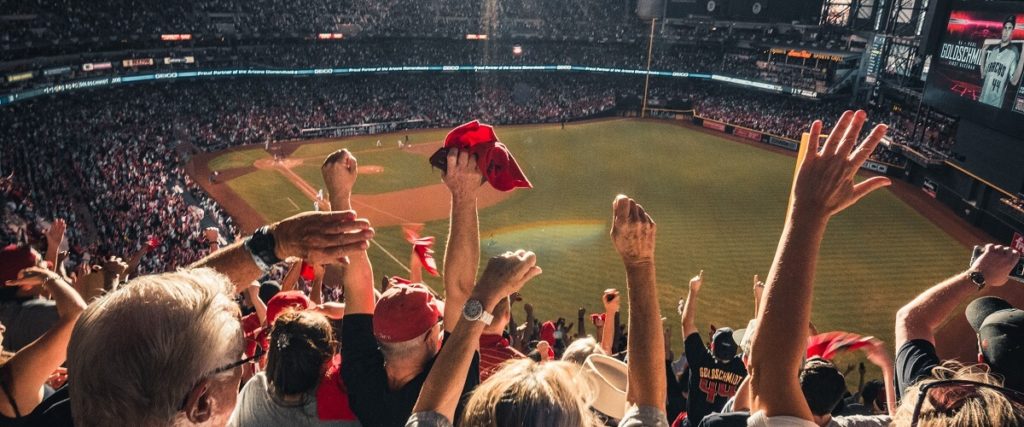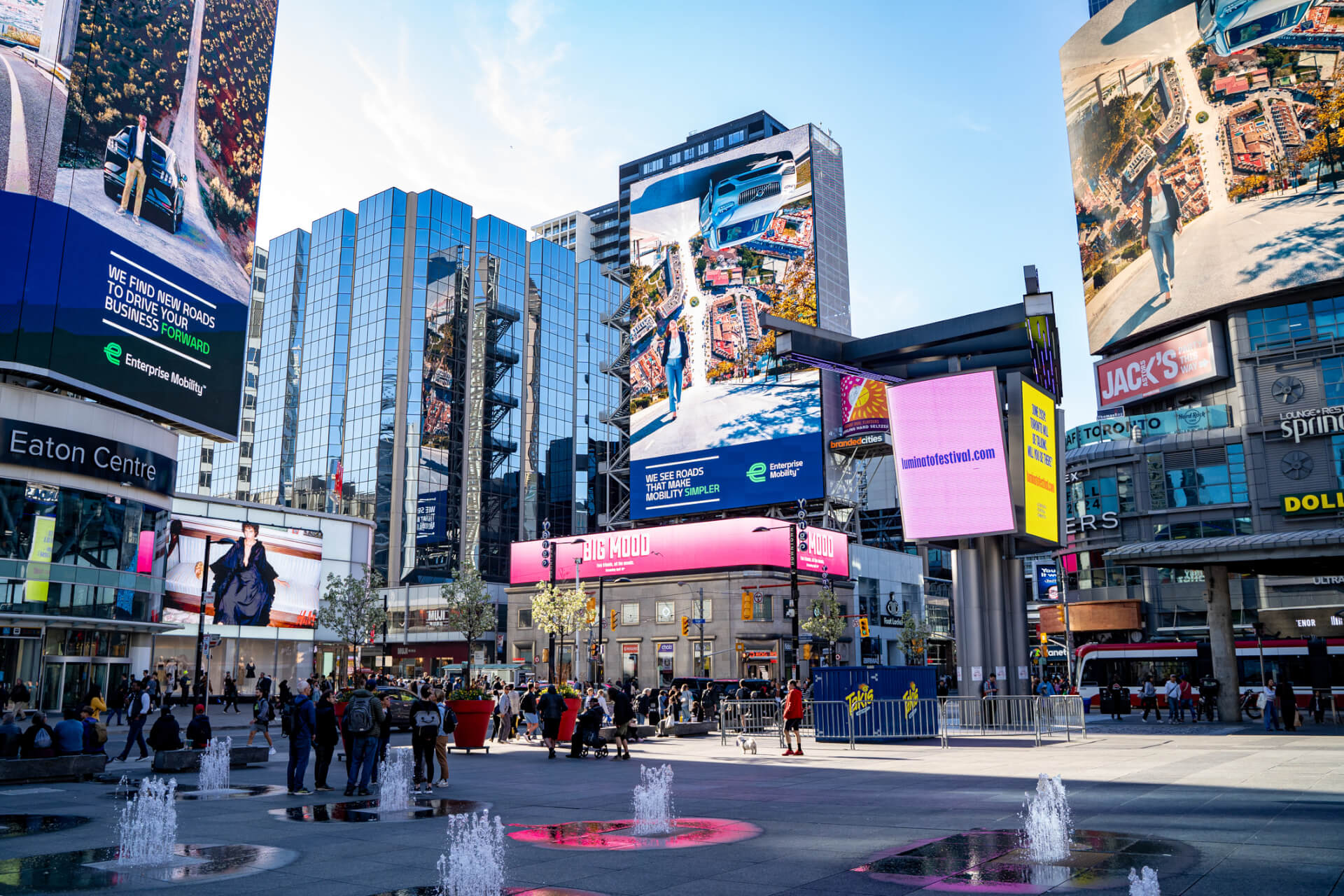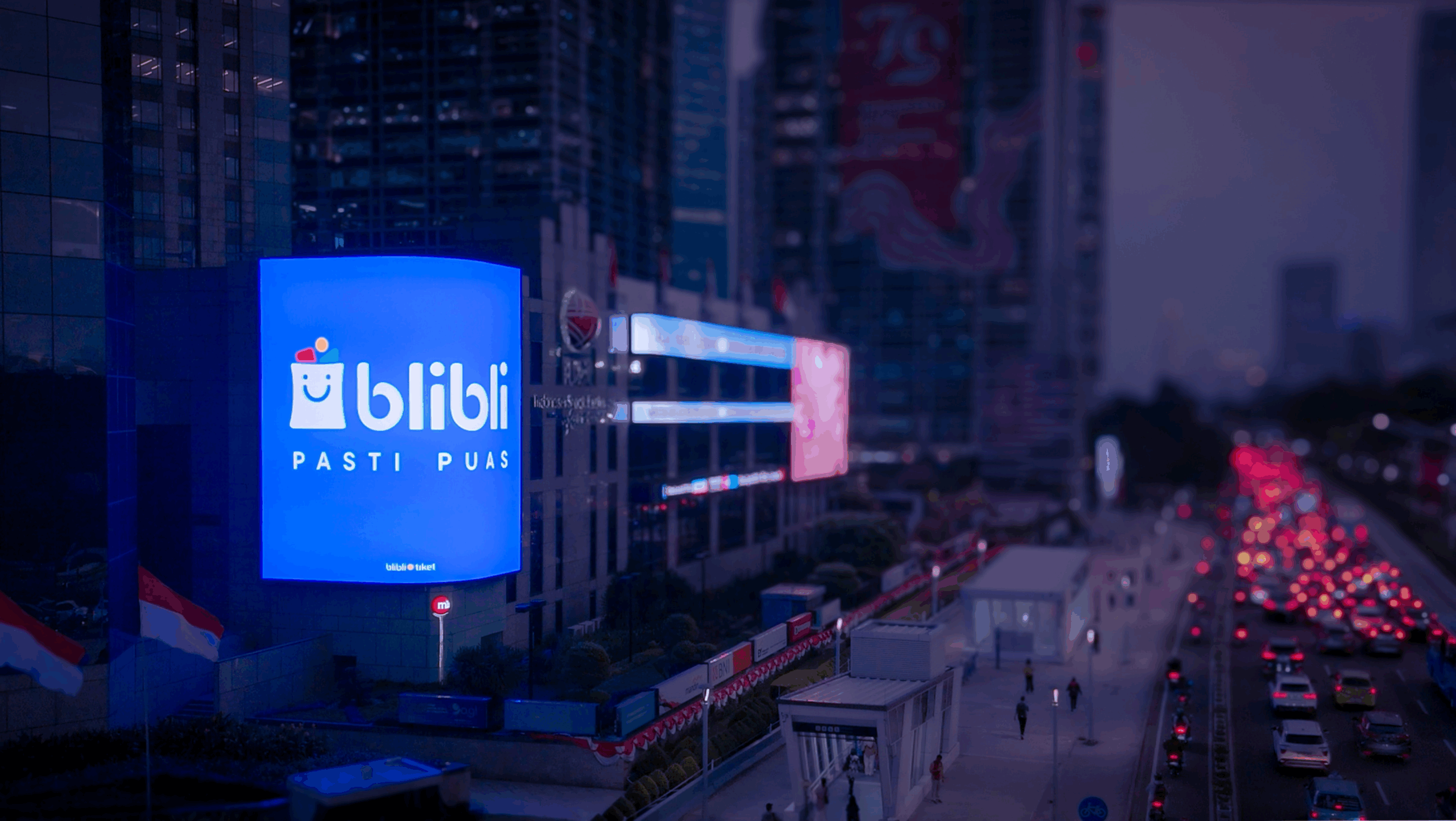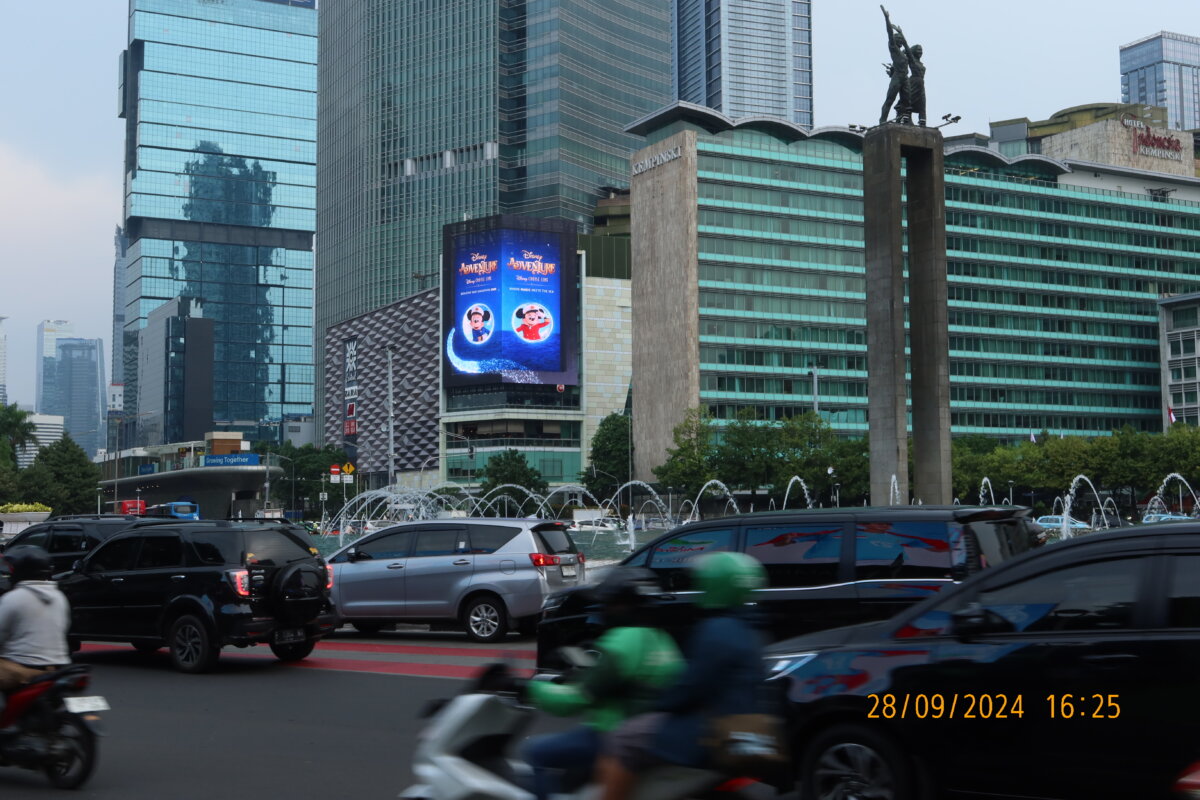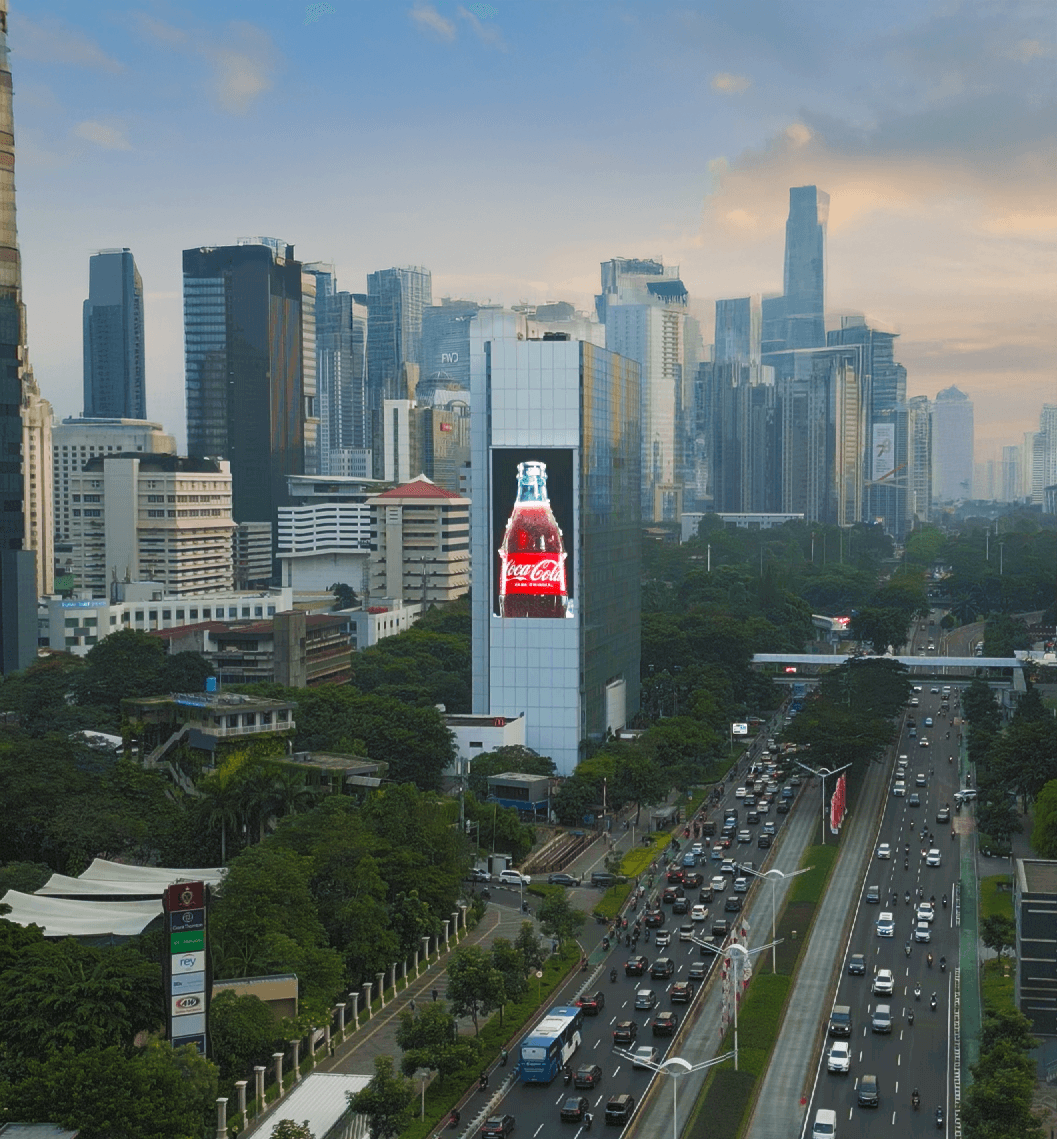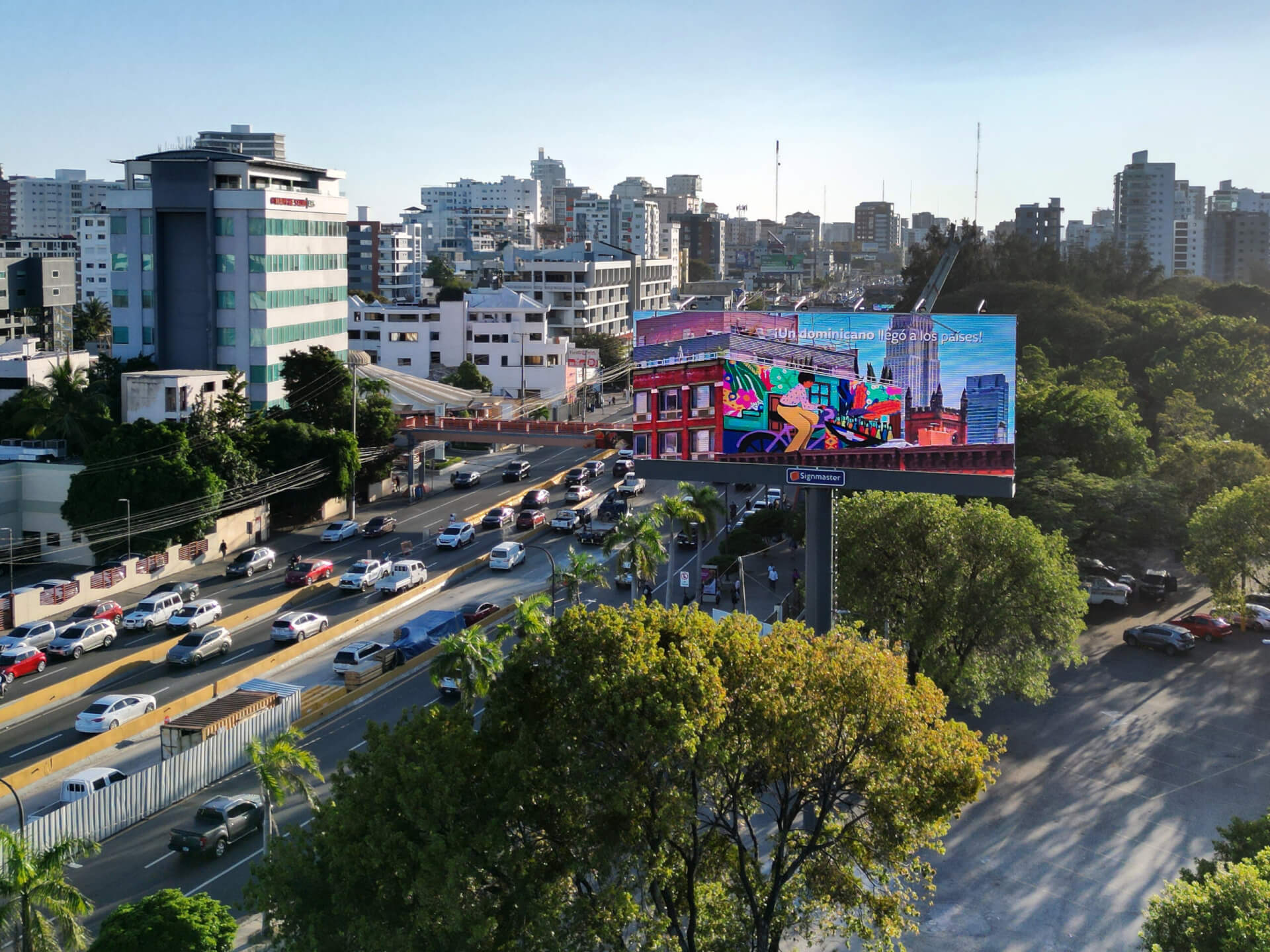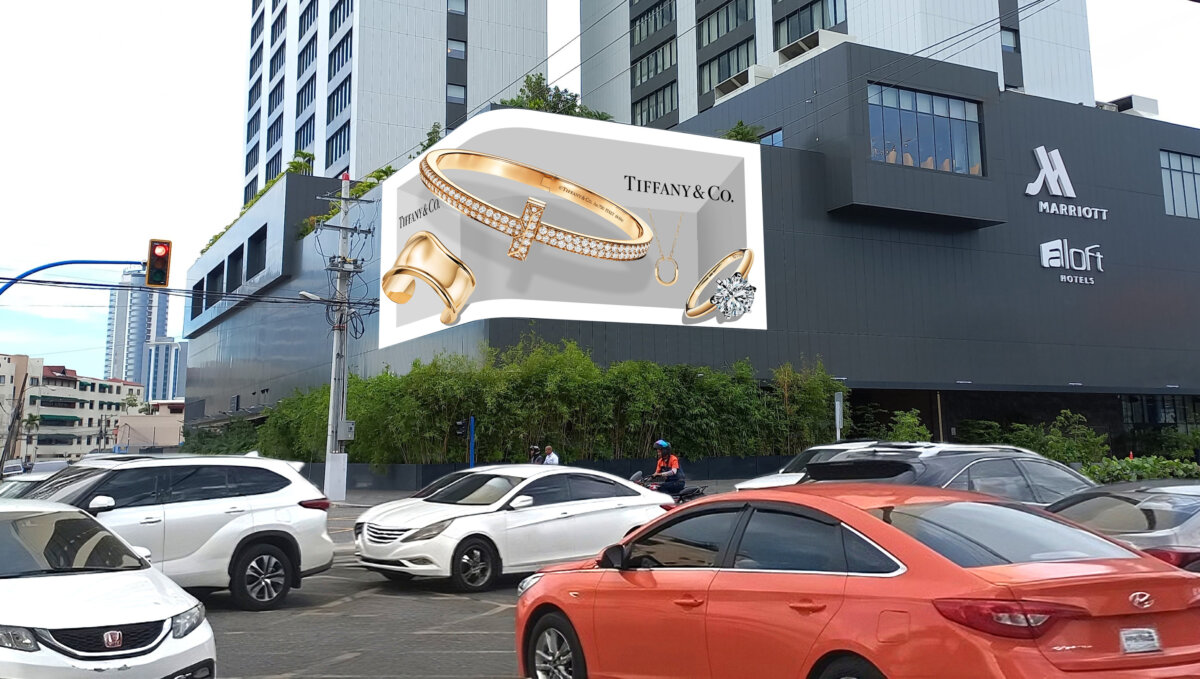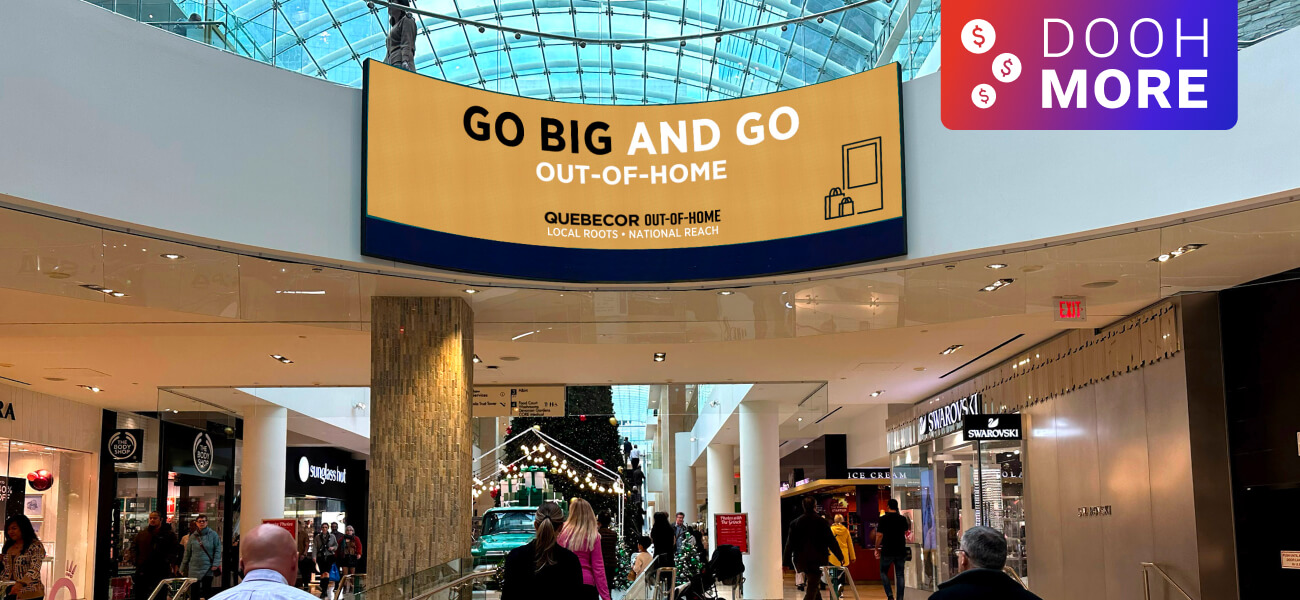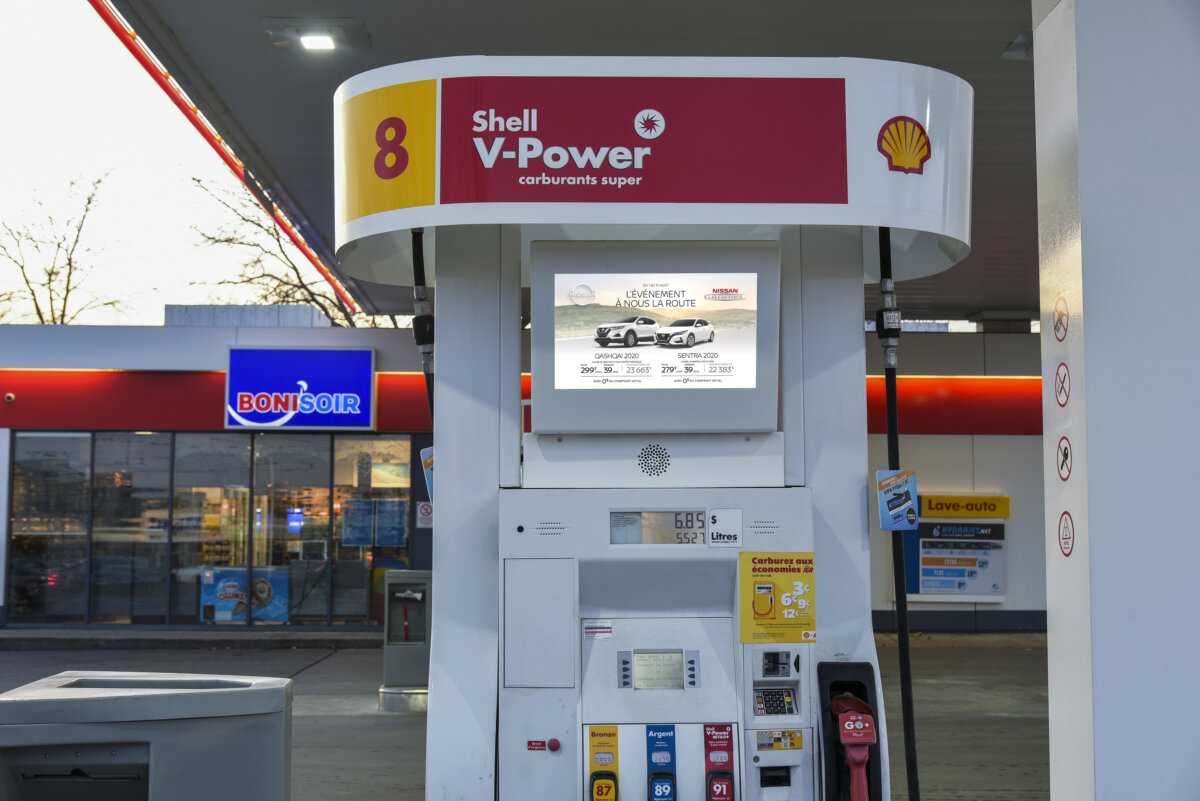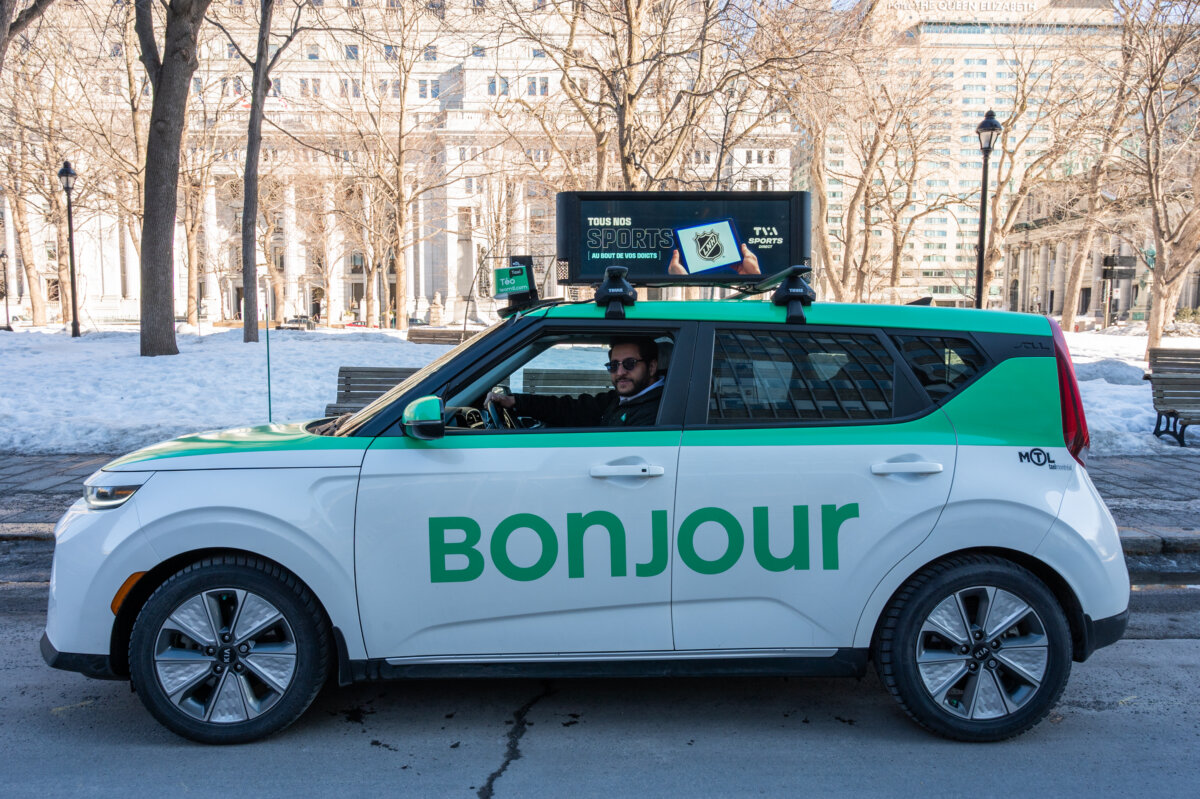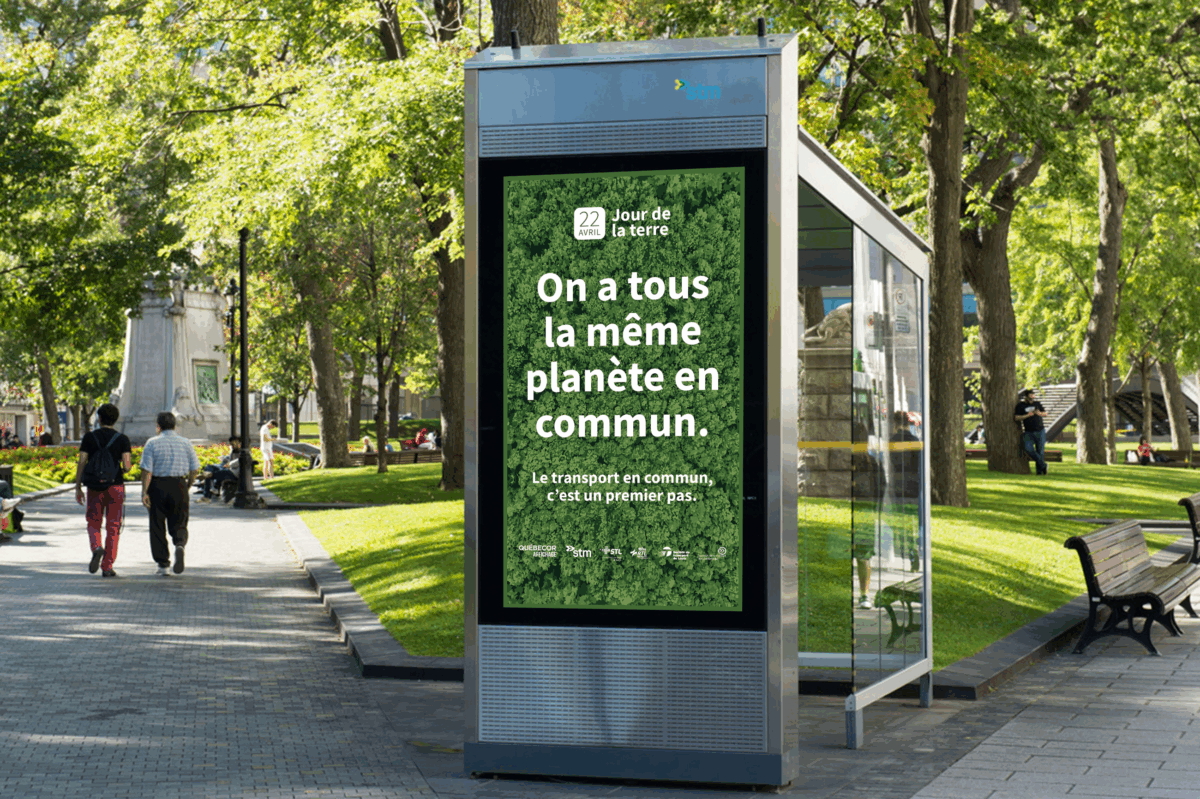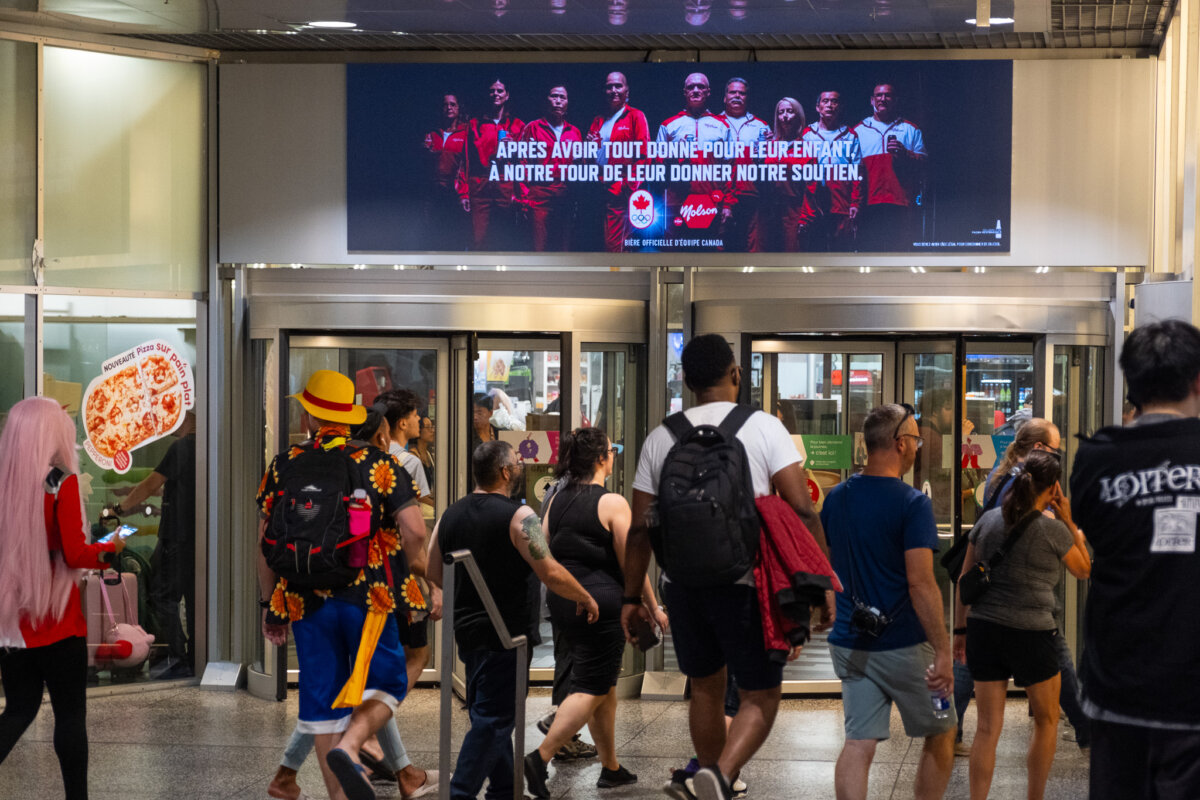| October 11, 2021
Use digital stadium signage to boost revenue and audience engagement
Stadiums are big business in every sense of the word. When you’re operating a big building that houses tens of thousands of guests and a huge number of staff besides, you’re going to have a big opportunity to make money – and big-time costs to cover, too.
It’s why those operating multi-purpose stadiums are so focused on developing supplemental revenue streams, promoting concessions and merchandise sales, and encouraging more engagement between fans and whatever entertainment they’re watching.
While multi-pronged approaches are necessary for all of these goals, stadiums that deploy good digital signage systems will enjoy a few significant advantages in driving more revenue and connecting with the public.
Supercharge concession sales with digital signage
Something’s up in the world of merchandise and concessions sales.
The playbook, at least in North America, has long prioritized dramatic markups on basics like hot dogs, soda, and popcorn. Recent years have seen a shift away from this tactic, with interesting results. In 2017, the Mercedes-Benz stadium in Atlanta announced “Fan-First Pricing,” which saw prices for soda, hot dogs, pretzels, and popcorn all dropping to $2, and beer going for just $5 a glass. In the year following the pricing change, the company made 16% more in revenue. Other US stadiums have since followed suit in dropping their prices.

In other markets, things are a little different. Canada, for instance, has trended more toward introducing higher-end offerings like Asian-fusion snacks, premium burgers, seafood tacos, and other foods that go beyond typical ballpark fare, justifying high prices with corresponding quality.
Both these tactics signify a need for stadiums to respond to shifting demands of patrons by offering up new food. But just changing what’s on the menu isn’t going to do all the work of getting more food into more hands. To make the biggest impact, the menus themselves need to change as well.
One of the immediate benefits of switching to digital menus is that they’re just more enticing. Moving imagery catches the eye much better than static images ever could. You also get far brighter, far more colourful images with digital – again offering more visual appeal.

These are just the tip of the iceberg, though. Extensible digital signage software platforms can tie into the other systems a stadium uses throughout its facilities to serve up more relevant promotions.
For example, if the point-of-sale and inventory management software register that a particular item has sold out, the display can automatically update to remove the item from the visible menu. Or, if there’s a particular item available, like ice cream or coffee, that is typically more popular when the weather is a specific temperature, the menus can pull local weather information and trigger featured placements for those items when the conditions are right.
Whether there’s a menu overhaul in the works or a stadium is sticking with business as usual, the benefits of good digital signage will remain the same. It’s a virtual guarantee that they’ll drive more sales and help connect visitors with the goods they’re looking for.
Make merch fly off the shelves with dynamic advertising
Whether it’s the star player’s jersey, a favourite band’s tour t-shirt, or any of the other souvenirs people like to pick up, stadiums tend to have a lot of merch to move. The trick is to connect with the right customers, at the right time, and in the right way to get them to pull the trigger.
Digital signage has a lot of interesting tools to help make this happen.
During a game, for instance, a digital signage system in the merch store could tie into a stat feed from the current game. This could let the store’s screens automatically promote jerseys from the player who just scored, or who is racking up a huge number of points in the game, or who is shutting out the opposition.

With concert merchandise, there’s likely less technically interesting work to be done, but digital displays throughout the venue can be used to display messaging that encourages concert-goers to visit their nearest merch store to pick up a shirt or souvenir. The number of appearances of this messaging in the content loop, or even the duration of the message remaining onscreen, could be made to increase around select times, like intermission or toward the end of the show. Little tweaks like these could help with prompting the audience to treat themselves to something when they leave their seats.

Increase revenue with relevant digital out-of-home advertising
Stadiums are places of high emotion. People are out to have a good time, to share in the thrill of supporting the home team, or to spend a couple of hours being entertained by a favourite performer.
They’re in the perfect mood to be sold to, in other words. Better still, the nature of a given event will help stadium owners and the media buyers they work with to identify the demographics of the audiences that will be in the house.
Digital-out-of-home messaging is the ideal tool to employ to take full advantage of this opportunity. The high visibility of bright, colourful screens makes it likely that people will take notice of the ads they see, wherever they see them.
What’s more, the wide array of digital display formats makes DOOH a great fit for all sorts of environments. Large displays hanging over an archway, smaller displays on the walls, and even little screens above urinals can all deliver great opportunities to connect brands with their ideal customers. And, of course, there are the displays within the stadium itself: huge screens hanging above or standing to the side of the action, perimeter walls composed of digital displays that show advertising, etc. Screens like these pack an unmatched visual punch within the stadium environment.

Finally, leading DOOH content management systems automate the distribution of advertising ideal for appealing to audiences that will be in and around a stadium at any given time. Maximizing ad revenue is as easy as uploading creative and allowing the system to deliver the ads when and where they will produce the most value.
Help people get around more easily with interactive wayfinding
Sure, most venues will have helpful somebodies standing around to point lost visitors in a generally correct direction, but that doesn’t quite go far enough when navigating to the other side of a large, complicated complex.
Interactive displays scattered throughout a stadium, on the other hand, can do a great, thorough job of helping users find exactly what they’re looking for. The interface might offer users the ability to input section and seat numbers and receive turn-by-turn navigation instructions, or to receive similar assistance finding concession stands, merchandise stores, bathrooms, and other facilities.
When not in active use, these same screens can be put to additional purpose. They could display advertising, either for products available on-site or from sponsors of the event or team. Or, they could also display up-to-the-minute scores, or even a video feed from a performance from the main stage. Digital displays, including those meant to serve specific purposes, can easily be multifunctional, and great ways to generate extra revenue or enhance the customer experience as needed.
Want to generate more revenue for your stadium?
Request your free Broadsign demo to see how we can help!
